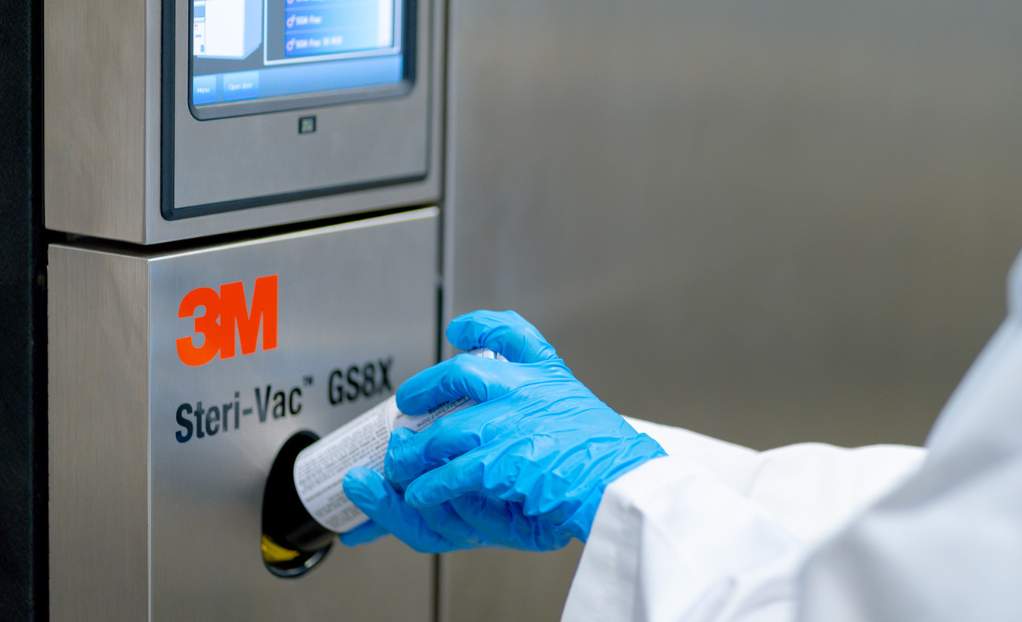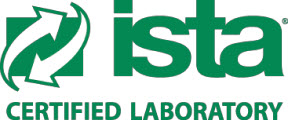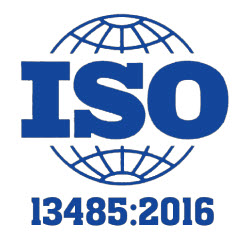When choosing the right contract sterilization partner for your medical devices, there are many factors to think about. Aside from capabilities, experience, staff expertise, facilities and more, they must also offer the varied sterilization services your device requires. The following are a description of common sterilization methods, along with a list of ideal devices for each.
Medical Device Sterilization Methods
Reducing risk of infection for patients necessitates that all medical devices be properly sterilized before use.
The purpose of sterilization for medical devices is to remove or destroy all types of germs. This ensures the device is safe for the user and their patient. The device can be critical or semi-critical, based on how invasive it is. Sterilization is accomplished by a physical or chemical process and is regulated by governmental and other regulatory bodies such as the Food and Drug Administration (FDA), World Health Organization (WHO), and International Organization for Standardization (ISO).
The following are common methods of sterilization:
Steam Sterilization
Steam sterilization is widely used and generally considered to be the least expensive. It is nontoxic and works rapidly in either a gravity displacement autoclave or high-speed prevacuum sterilizer. This method of sterilization exposes devices to direct steam contact for a required amount of time, along with necessary pressure and temperature levels to kill microorganisms. Biological indicators are used to monitor steam sterilization effectiveness.
Steam sterilization does not work on electronic components of any kind (such as implantable sensor systems), fiberoptics, biological materials or most polymers. High carbon steels may experience corrosion and resulting dullness, although that can be mitigated by use of an anti-corrosive solution before placement in the autoclave. The ideal types of devices for steam sterilization include:
- Surgical instruments
- Implantable medical devices
- Flexible liquid containers (such as blood and solution bags)
- Syringes
- Vials
Ethylene Oxide (EtO) Sterilization
Ethylene oxide (EtO) sterilization is widely used for a majority of current medical devices – it is estimated to sterilize over half of all sterile medical devices in the U.S. EtO sterilization is especially sought out for terminal sterilization of reusable devices, and in many cases, is the only method of sterilization that is effective and will not damage the device.
This sterilization method incorporates a biological indicator (of which there are several options) along with the process challenge device to be run through one full sterilization cycle and three half-cycles. Then the biological indicator will be tested for viable organisms to determine if all have been successfully eradicated – this is done to estimate the concentration, temperature, and RH needed to destroy all organisms on the device itself. EtO sterilization works well on plastic or resin, metals, glass, and multi-layer packaging.
Ideal devices for EtO sterilization include:
- Heart valves
- Pacemakers
- Surgical kits
- Syringes
- Catheters
- Ventilators
Gamma (Irradiation) and E-Beam Sterilization
Gamma irradiation is known as a “cold process,” due to the fact that the medical device does not experience any significant increase in temperature during the sterilization process. This makes it ideal for heat-sensitive devices.
Gamma rays are similar to x-rays. They deliver an even higher concentration of electromagnetic radiation that can pass through substances like plastic to kill bacteria by inhibiting bacterial division. This process does not leave any radioactivity or residual behind.
E-beam sterilization is a very similar process to gamma irradiation. They both use ionizing energy but vary the dosage rates and penetration level. Your contract manufacturer can identify which of the two is ideal for your device.
Gamma irradiation works well on medical devices such as:
- Plastic syringes
- Hypodermic needles
- Scalpels
- Surgical blades
- Adhesive dressings
Glass Plasma
Glass plasma sterilization uses a hydrogen peroxide gas plasma system to decontaminate devices. A hydrogen peroxide solution is vaporized in the sterilization chamber for just under an hour to ensure all surfaces of the device are exposed to the solution. A radio frequency creates an electrical field which ultimately creates the gas plasma, and free radicals hydroxyl and hydroproxyl, before the excess gas is removed using filtered air.
After this process is complete, there are often by-products such as water vapor or oxygen which must be removed to allow the device to be handled immediately or stored. Vaporization systems can help with eliminating these by-products. Glass plasma does allow for the use of a biological indicator to confirm destruction of any microorganisms. It is ideal for medical devices that cannot tolerate high temperatures and humidity.
A few medical devices that can be sterilized with glass plasma include:
- Laser probes
- Thermometers
- Defibrillator paddles
Sporicidal Chemicals
The FDA has cleared multiple chemical sterilants to use in the medical device sterilization process. These require up to three or even 12 hours of contact time to destroy pathogens. However, a shortcoming of this process is that effectiveness cannot be monitored via a biological indicator.
While some devices can use sporicidal chemicals for sterilization, the CDC reports that “liquid chemical sterilants may not convey the same sterility assurance level as sterilization achieved using thermal or physical methods.” There are a few reasons for this, including 1) medical devices cannot be wrapped during processing to maintain sterility after processing and during storage, and 2) devices may need to be rinsed after liquid chemical sterilants have been applied and the water itself may not be sterile.
Sporicidal chemicals are often used within a hospital reprocessing department to decontaminate devices. A few examples of common medical devices they may be used for are:
- Heat-sensitive devices such as flexible endoscopes
- Scissors
- Stethoscopes
- Oral and rectal thermometers
Dry Heat Sterilization
Dry heat sterilization uses a heating cabinet or conveyor tunnel to expose medical devices to required high temperatures for an extended period of time to inactivate and kill microorganisms. Without the need for steam or water, this method eliminates potential for corrosion, and leaves the devices dry throughout.
It is, however, a more time-consuming method of sterilization, requiring longer sterilization cycles due to the hot air exposure time needed to fully eliminate all organisms. The device materials will also influence exposure time duration, since some conduct heat better than others. Ideal types of devices for dry heat sterilization include:
- Glassware
- Metal parts
- Paper-wrapped products
Knowing the right sterilization option for your medical device can be challenging. Luckily, the right contract sterilization partner can work with you to identify the best method for your product and your timeline. Life science Outsourcing has in-depth expertise selecting and executing sterilization services in strict compliance with regulations and ISO standards. Contact us today to learn how we can help you!
Looking for more information on medical device sterilization? Read Medical Device Steam Sterilization and the Impact of ISO 17665.
Start up. Speed up. Scale up.
Founded in 1997, Life Sciences Outsourcing is an FDA-registered and ISO 13485-certified organization with services and capabilities spanning the entire medical device product life-cycle – from turnkey manufacturing, testing, validation, and sterilization to precision packaging, fulfillment, and distribution. Email us at info@lso-inc.com or call (714) 672-1090 today to get started.







